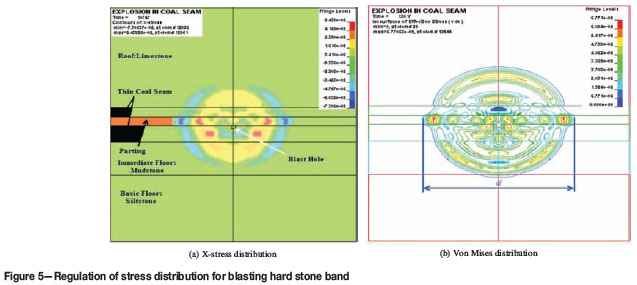3d Coat 45 Crack
четверг 21 февраля admin 16
Cracked Rock Alpha Here are 2 Free Cracked Rock Alphas that were created and generously submitted by These amazing Environment Alphas can be used within a number of applications such as Zbrush, 3D Coat, Mudbox and many others. These Alphas are available in 2048 x 2048.JPG (Image format) and incredible when creating stone or rock-like surfaces. Alpha Maps are grayscale displacement or bump maps. The gray intensity of an Alpha Map (its dark or light areas) represents the height or depth of the bump or displacement.
The fungus is known to live in and on the seed coat and may be introduced into the seed bed in this manner. 85, 32, 45, 49, 80. 3, D.) In the field these ruptures often develop slowly enough so that some healing occurs, but. Shallow checks and cracks frequently occur in the skin over the shoulders and top portion of.
Alphas can also be used for applying masks or to lay down colours and materials in the shape of an Alpha. This Cracked Rock Alpha Set was created and generously donated by the team at This Alpha Map is an artistic representation of the subject matter. BadKing does not endorse and is not endorsed by the manufacturer of the subject matter.
Cracked Rock Alpha Here are 2 Free Cracked Rock Alphas that were created and generously submitted by These amazing Environment Alphas can be used within a number of applications such as Zbrush, 3D Coat, Mudbox and many others. Splinter cell double agent highly compressed pc game. These Alphas are available in 2048 x 2048.JPG (Image format) and incredible when creating stone or rock-like surfaces.
Alpha Maps are grayscale displacement or bump maps. The gray intensity of an Alpha Map (its dark or light areas) represents the height or depth of the bump or displacement. Alphas can also be used for applying masks or to lay down colours and materials in the shape of an Alpha. This Cracked Rock Alpha Set was created and generously donated by the team at This Alpha Map is an artistic representation of the subject matter.
BadKing does not endorse and is not endorsed by the manufacturer of the subject matter.
Hi Eric, I am sorry I only ask this question now as I thought I will be able to crack it by myself. I did follow the first method with Bitmap to Mesh but I don’t know how to follow the second one. The result looks very realistic. It just I can’t work it out. It must be I am missing some piece of knowledge. For instance how to: 1)“round out the surface with 200x200 png gradient” 2) “keep 200x200 pixel image geometry count down when converting to mesh.” Which extension/tool do you use with png as Bitmap to Mesh allow only bmp? To try to answer your questions: 1.) “round out the surface with 200x200 png gradient” - For now, just try the same PDF I posted earlier which is 200x200 pixels.
I can tell you how to make that in Photoshop but let’s come back to that. 2.) “keep 200x200 pixel image geometry count down when converting to mesh.” - There’s no need for any other extensions. The Bitmap to Mesh extension’s name is a bit misleading as you don’t need to convert it to.bmp. Using the.png is fine.
See gif for the import process. For some reason it interpreted the transparent part of the png as a texture and therefore applied height to. This just adds an extra step that requires turning hidden geometry on and deleting the extra little outside bits we don’t want.
My workflow using Image to Lithophane. I haven’t used Bitmap to Mesh, but it appears that it might be a superior method for this task. )I begin by optomising the image in Photoshop, and while this video: is actually about 3D printing of lithophanes, it is best way to convey how to do this part. The principles behind how this works are also useful to know. )I then upload the image to Image To Lithophane, adjust the parameters to correspond with the job requirements. In this case my Model Settings were: Size - 100mm (I kept it small to reduce the final triangle count, and as the resolution doesn’t need to be very high.
